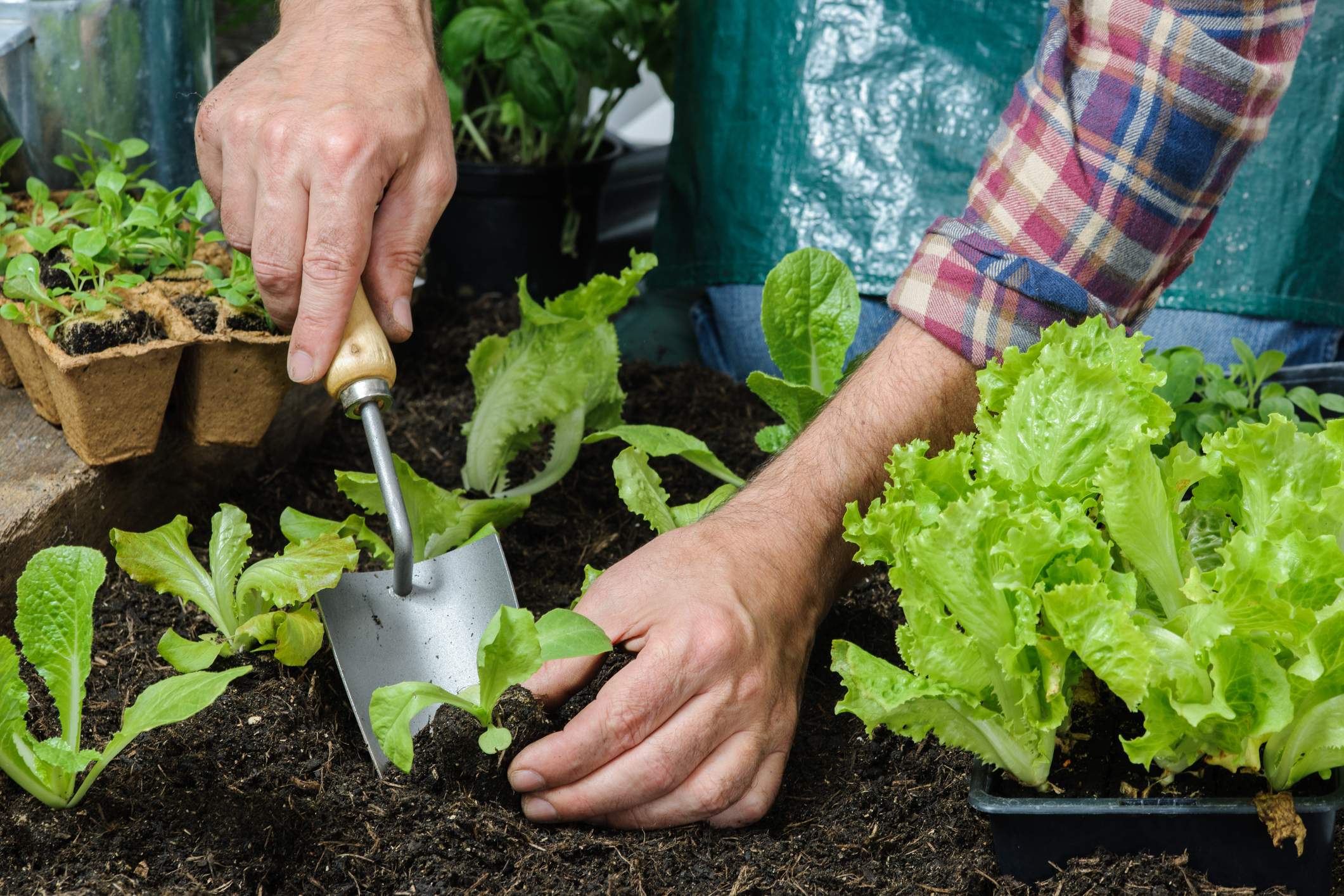K-State horticulture expert says salad crops favor slightly cooler soils
Got Salad?
Many Kansas gardeners may already know that extending the year’s harvest into fall means planting many crops that would make a tasty mix.
“Radishes, spinach, turnips, mustard, lettuce and other leafy greens can be planted from mid-August to early September, extending the harvest into fall,” said Cynthia Domenghini, a horticulture expert with K-State Research and Extension.
“If you plan to plant seeds into the ground, plant them slightly deeper than recommended for spring,” Domenghini said. “This will give seeds access to slightly cooler soil that retains more moisture.”
Growing a salad garden means providing regular water until the seeds germinate, according to Domenghini. “Sprinkle a light layer of compost over the top of the seeds to prevent the soil from forming a crust,” she said.
An alternative way to grow crops suitable for a salad is to use a bag of potting media. Domenghini outlined steps to grow salad crops in this manner:
- Lay the bag flat and cut it open on the long side, exposing the potting media.
- Place the bag on a pallet or similar support, which will allow you to move the planting, as needed. If not placed on a support, the bag should not be moved after planting to avoid displacing seeds.
- Plant the seeds as recommended on the packet.
- Add fertilizer, if it is not already included in the potting media.
“One benefit of growing fall greens in a potting media bag is the temperature of the media can be regulated by relocating the bag,” Domenghini said. “This is particularly helpful during August and September when the heat can hinder germination and negatively affect flavor of certain cole crops.”
Domenghini added that due to the limited amount of soil in a potting media bag, it is important to monitor moisture while the crop is growing.
Domenghini and her colleagues in K-State’s Department of Horticulture and Natural Resources produce a weekly Horticulture Newsletter with tips for maintaining home landscapes and gardens.
Interested persons can subscribe to the newsletter, as well as send their garden and yard-related questions to Domenghini at c[email protected], or contact your local K-State Research and Extension office.
PHOTO: Farmer planting young seedlings of lettuce salad in the vegetable garden (iStock – AlexRaths)
***
Sidebar: Question of the Week
Why is there a deformed growth on the coneflower blooms in my garden?
It may be a growth known as aster yellows. This is a disease that can infect a wide range of ornamentals, weeds and even some vegetables, but the aster family is a common host.
The disease is spread by sucking insects that feed on the plant and travel to various food sources. The disease can cause deformed blooms, chlorotic leaf tissue between veins, mottled leaves and flowers, as well as stunted or irregular growth.
Another problem that can cause deformed blooms is the coneflower rosette mite. Symptoms of this problem can look similar to aster yellows, though aster yellows affects the entire plant. Rosette mite is focused on the bloom. The mites live and feed inside the developing bud, depleting it of nutrients.
For either one of these issues, the best treatment is to remove and destroy the infected plant material. For aster yellows, it is especially important that even the root system is destroyed to prevent the spread to other hosts.
— Cynthia Domenghini, K-State horticulture expert, [email protected]




